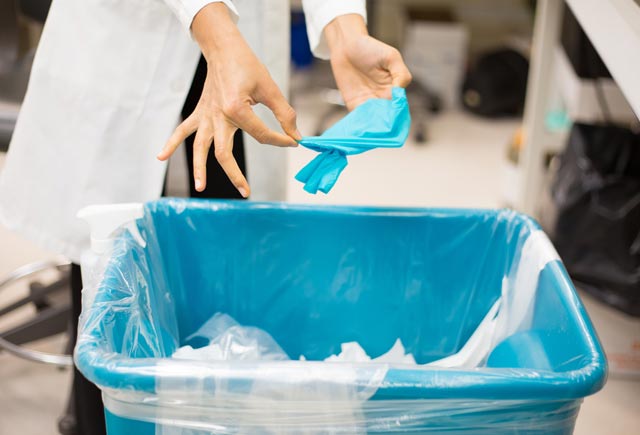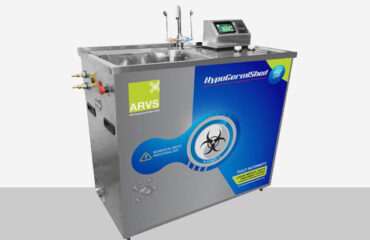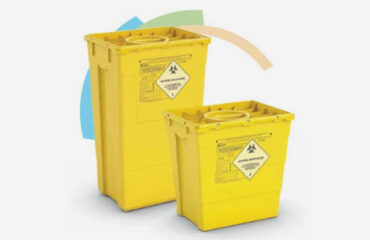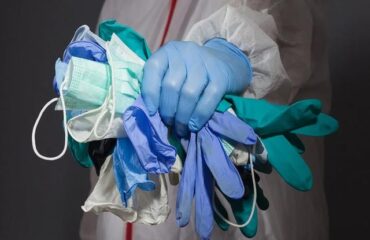Bio-medical waste or hospital waste is defined as the waste that is generated during the diagnosis, treatment or immunisation of human beings. It constitutes syringes, needles, ampoules, organs and body parts, placenta, dressings, disposables plastics and microbiological wastes.
The management of hospital waste poses to be a major problem in most of the countries, especially developing countries. In recent years, medical waste disposal has posed even more difficulties with the growing volume and increasing types of waste materials.
Hospital wastes are categorised according to their weight, density and constituents. The World Health Organisation (WHO) has classified medical waste into different categories. These are:
Infectious: Material-containing pathogens in sufficient concentrations or quantities that, if exposed, can cause diseases. This includes waste from surgery and autopsies on patients with infectious diseases.
Sharps: Disposable needles, syringes, saws, blades, broken glasses, nails or any other item that could cause a cut.
Pathological: Tissues, organs, body parts, human flesh, fetuses, blood and body fluids.
Pharmaceuticals: Drugs and chemicals that are returned from wards, spilled, outdated, contaminated, or are no longer required.
Radioactive: Solids, liquids and gaseous waste contaminated with radioactive substances used in diagnosis and treatment of diseases like toxic goiter; and
Others: waste from the offices, kitchens, rooms, including bed linen, utensils, paper, etc.





